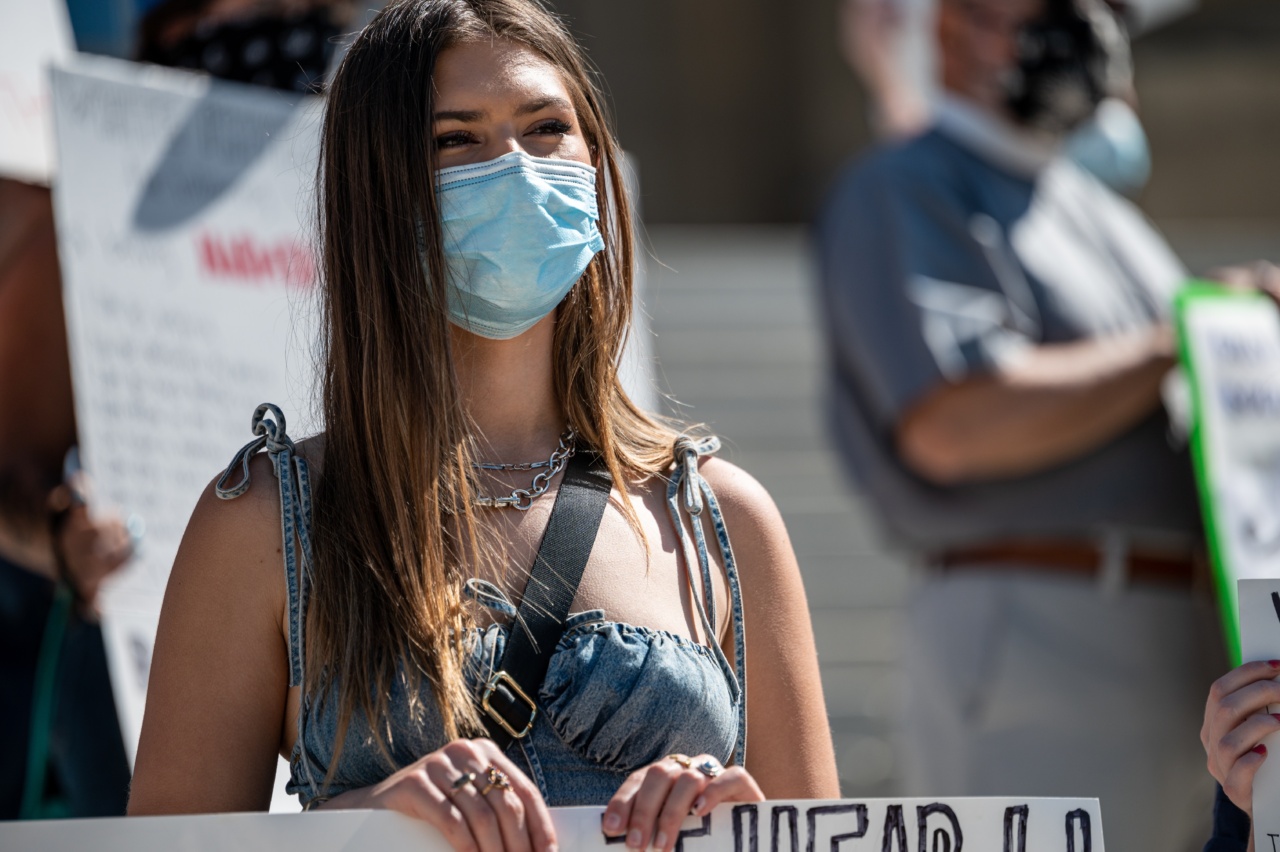Dyspnea, commonly known as shortness of breath, is a distressing symptom that affects millions of people worldwide. It is characterized by a feeling of breathlessness or difficulty in breathing.
While dyspnea can be a result of various underlying medical conditions, it is crucial to recognize the warning signs and know when to take action. This article discusses the warning signs of dyspnea and provides guidance on when immediate medical attention is necessary.
Understanding Dyspnea
Dyspnea can be acute or chronic, and it can range from mild to severe. It may occur during physical exertion, at rest, or even during sleep. Some individuals experience dyspnea only in specific situations, while others have persistent symptoms.
It is essential to know the warning signs that could indicate a more severe underlying health issue requiring medical intervention.
1. Sudden Onset of Dyspnea
If you experience a sudden and unexplained onset of dyspnea, it is crucial not to ignore this symptom. Sudden and severe shortness of breath could signal a medical emergency, such as a heart attack, pulmonary embolism, or pneumothorax.
Seek immediate medical attention if you find yourself unexpectedly struggling to breathe.
2. Chest Pain or Tightness
Chest pain or tightness, along with dyspnea, can be indicative of a cardiac problem, such as angina or a heart attack.
If you experience these symptoms, especially if they radiate to your arm, jaw, or back, it is vital to seek emergency medical assistance, as these could be signs of a life-threatening condition.
3. Persistent or Worsening Dyspnea
If you have ongoing dyspnea that is progressively getting worse, it may be a sign of an underlying chronic respiratory condition, such as chronic obstructive pulmonary disease (COPD), asthma, or interstitial lung disease.
Consult your healthcare provider for an evaluation and appropriate management of your symptoms.
4. Inability to Speak or Finish Sentences
If you find yourself unable to speak or complete sentences due to breathlessness, it suggests severe dyspnea. This symptom could be an indication of acute respiratory distress and requires immediate medical attention.
Call emergency services or visit the closest emergency department without delay.
5. Bluish Lips or Fingernails
The presence of blue-tinged lips or fingernails, also known as cyanosis, is a warning sign of inadequate oxygenation. Cyanosis can result from various health conditions or underlying lung problems, which require prompt medical attention.
If you notice bluish discoloration, seek medical help promptly.
6. Rapid Breathing or Tachypnea
Rapid breathing, medically termed tachypnea, is often associated with dyspnea and could indicate a serious respiratory issue. Conditions like pneumonia, acute bronchitis, or pulmonary edema can cause rapid, shallow breathing.
It is important to consult a healthcare professional to determine the cause and appropriate treatment.
7. Anxiety or Restlessness
Dyspnea itself can cause anxiety or restlessness due to the distress it imposes on the affected individual. However, if your dyspnea is accompanied by feelings of extreme anxiety, panic, or restlessness, it could indicate a more critical condition.
Seek immediate medical care to evaluate your symptoms and receive appropriate treatment.
8. Coughing up Blood
If you experience dyspnea along with coughing up blood, it could signify a severe and potentially life-threatening condition, such as pulmonary embolism, lung cancer, or a severe respiratory infection.
Do not delay seeking medical attention; call emergency services or visit the nearest emergency department.
9. Swelling in the Legs or Ankles
Dyspnea accompanied by swelling in the legs or ankles is a common sign of congestive heart failure. When the heart is not able to pump blood efficiently, fluid can accumulate in the lower extremities, leading to edema.
If you notice swelling along with difficulty breathing, it is important to consult your healthcare provider to assess your condition.
10. Prolonged Exposure to Environmental Triggers
If you experience dyspnea due to exposure to certain triggers, such as allergens, pollutants, or chemicals, it is crucial to take action to avoid prolonged exposure and potential exacerbation of symptoms.
Identify and remove the triggers from your environment or wear appropriate respiratory protection to minimize the risk of developing severe dyspnea.
When to Seek Urgent Medical Attention for Dyspnea
While dyspnea can have various causes, certain warning signs indicate a need for immediate medical attention. Seeking urgent care is essential if you experience:.
- Sudden onset of dyspnea
- Chest pain or tightness
- Inability to speak or finish sentences
- Bluish lips or fingernails
- Coughing up blood
- Severe anxiety or restlessness
- Fainting or loss of consciousness
These symptoms could indicate a potentially life-threatening condition, such as a heart attack, pulmonary embolism, or severe respiratory distress.
Do not hesitate to call emergency services or visit the nearest emergency department if you experience any of these warning signs.
Conclusion
Dyspnea can occur due to various underlying medical conditions, ranging from mild to severe. Recognizing the warning signs of dyspnea is crucial to determine whether immediate medical attention is necessary.
Symptoms such as sudden onset of dyspnea, chest pain, inability to speak, bluish lips, coughing up blood, severe anxiety, and fainting require urgent evaluation by a healthcare professional. Regular monitoring of your symptoms, seeking medical advice, and following appropriate management can help ensure prompt intervention and better outcomes.

























